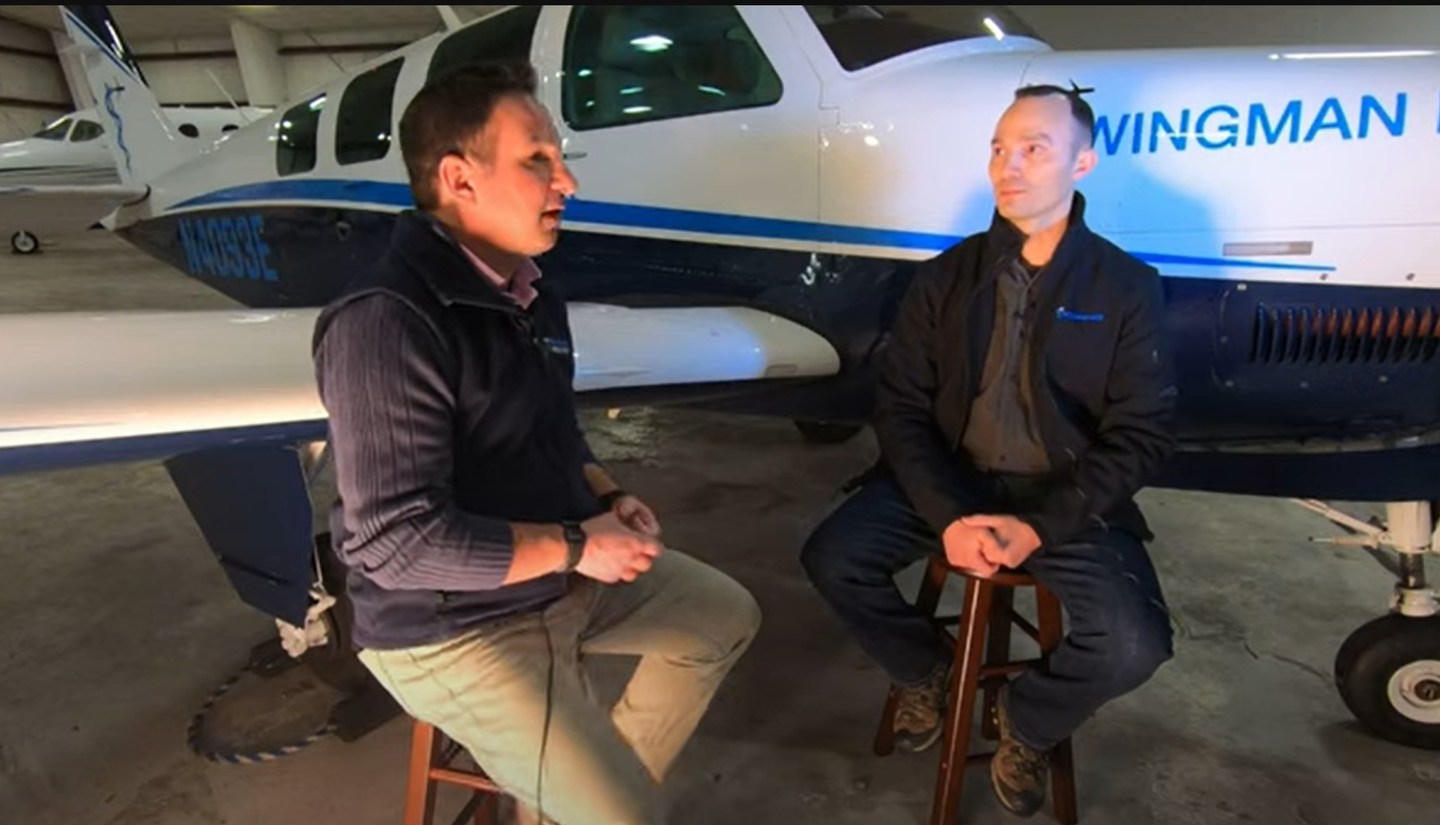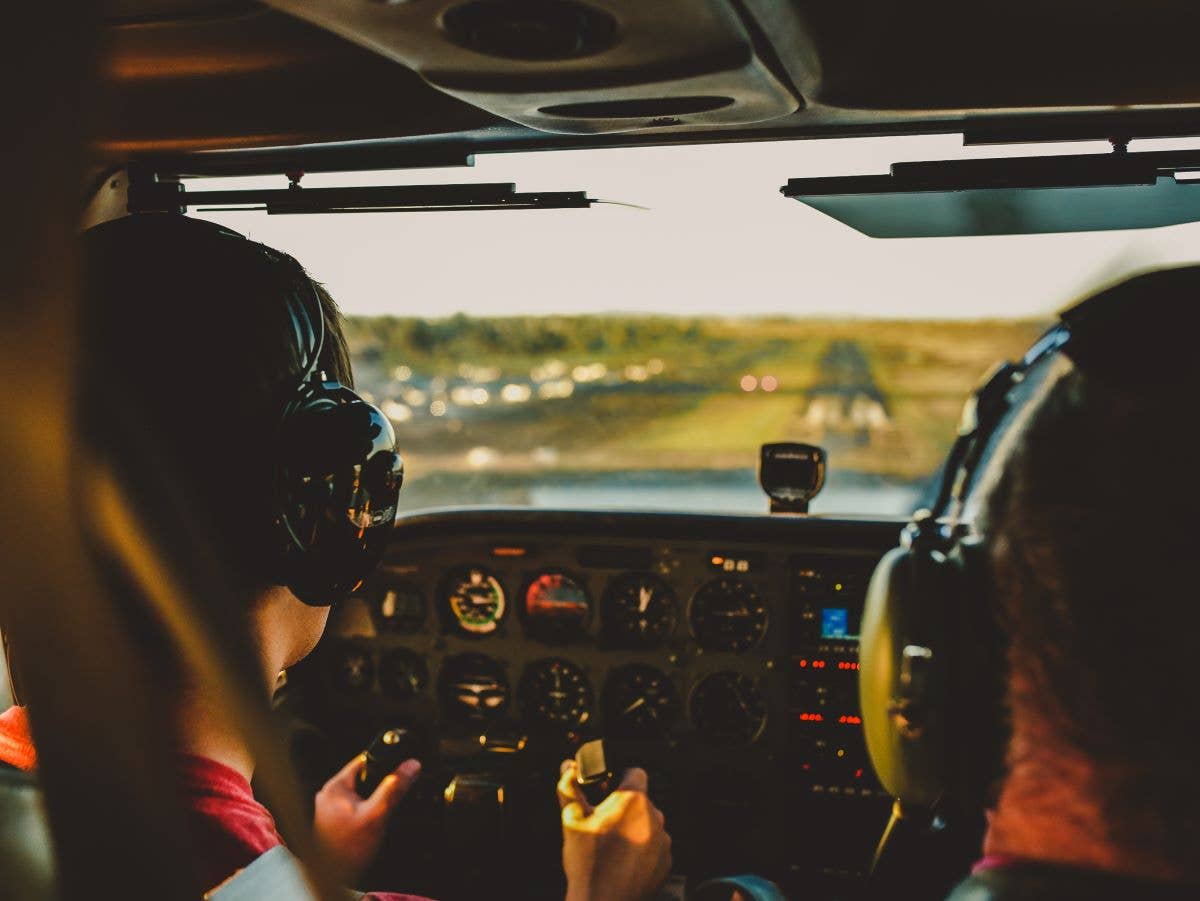Avionics Academy: How Will The FAA Monitor ADS-B Compliance?
And what happens if I’m not equipped in time?
 |
It's a fair question---under FAR 91.255, as of the 1st of January, 2020, pilots are legally required to have automatic dependent surveillance-broadcast (ADS-B) Out equipment installed and turned on when operating in Class A, B, C airspace and in class E airspace above 10,000 feet. What happens on that day if a pilot takes off without the required equipment and flies into airspace where it's required? How will the FAA know?
It's actually easier to answer the second part of that question than the first. The FAA will know because they're continuing to operate air traffic control (ATC) radar and comparing radar targets with ADS-B data. That's already happening through a program called the ADS-B Compliance Monitor (CM).
Currently, the compliance monitor is primarily used to determine whether ADS-B Out transmitters meet FAA technical requirements---and according to a presentation given at a meeting of the Aircraft Electronics Association (AEA) last year, some 20% of installed systems at that time weren't fully compliant. Problems included ADS-B transmitters with either no squawk code set or a code that didn't match the transponder, incorrect software on either or both the transmitter and the GPS navigator it was using for position data, incorrect aircraft category, intermittent altitude "spikes" and missing flight identifiers. According to a more recent document, the FAA is seriously considering modifying Traffic Information Service---Broadcast (TIS-B) logic in ground stations because more than 500 aircraft have been detected using uncertified ADS-B systems configured in such a way that they cause ground stations to send position reports on other aircraft.
The proposed changes to TIS logic are one form of enforcement---ground stations won't respond to uncertified systems that don't have appropriate settings. The FAA change won't be made until next year to allow avionics vendors to modify their equipment and get the word out to users.
A broader point about enforcement is addressed by the FAA's ADS-B Frequently Asked Questions (FAQ) list, which says, "The FAA has no plans to use ADS-B as an enforcement tool to collect fees, carbon offsets or tax assessments." However, it goes on to add, "The FAA does need to ensure that ADS-B transmissions being broadcast from aircraft comply with the established performance and parameter-reporting requirements...The FAA Flight Standards office may take enforcement action to ensure aircraft comply with these regulations."
The FAA hasn't said anything publicly about what steps it may take to enforce the rules, but we can make an educated guess based on past history. The FAA started requiring Mode-C transponders for operation in Terminal Control Area (TCA) airspace---what we call Class B airspace today---after a tragic 1986 collision between a light airplane and an airliner. With flight safety clearly at risk, the FAA could and did take drastic action, up to and including emergency revocation of at least one license, in a particularly egregious case (the pilot was a repeat offender and actually turned his transponder off after entering a TCA).
For More Information:
|
| ⢠FAA ADS-B Page (with links to FAQ and proposed TIS-B changes) www.faa.gov/nextgen/programs/adsb/ ⢠Details On FAA Compliance Monitoring: www.aea.net/nextgen/pdf/FAA_ADS-B_Compliance_and_Testing.pdf ⢠Plane Finder www.planefinder.net/about/ads-b-how-planefinder-works |
Most of the time, the FAA has dealt with violations by administrative means---remedial training. That's what they're doing today for most pilots who inadvertently blunder into restricted airspace or fail to comply with requirements to set specific transponder squawks.
Many pilots have a more general concern about ADS-B making it technically possible to track any airplane for any purpose---as illustrated by the graphic we've used this month. One solution is an "anonymous" address feature on 978 MHz Universal Access Transceiver (UAT)-based systems. If you never fly above 17,500 feet and don't plan to fly outside the U.S., a UAT is a good solution, and setting it to "anonymous" will be pretty much the same as squawking 1200 with a Mode-C transponder today.
But those of us who operate in the flight levels or outside the U.S. are going to need Mode-S transponders, which don't have an anonymous address option, and all of us will have to set a discrete address when issued a specific squawk code for flight following or on an instrument clearance. That's not really much of a change, since you have to tell ATC your tail number to get a discrete code today.
Let me close with some encouraging news: At a conference this spring, there was an interesting public interaction between representatives of an airline industry group that proposed a five-year grace period for full ADS-B equipage and FAA Avionics Maintenance Branch Manager Tim Shaver. According to multiple press reports, Shaver said that at least initially, the FAA doesn't plan to enforce ADS-B Out "with a hammer."
That does not mean we should expect the FAA to extend the deadline for equipage beyond 2020---the airlines aren't asking for that. Instead, they're seeking permission to use older (mainly non-WAAS) GPS navigators as ADS-B position sources initially, with a five-year period to upgrade those units.
Industry Response
|
| Garmin http://garmin.blogs.com/my_weblog/2015/06/flying-after-the-year-2020-ads-b-compliance.html FreeFlight Systems www.freeflightsystems.com/planepilot |

Subscribe to Our Newsletter
Get the latest Plane & Pilot Magazine stories delivered directly to your inbox






